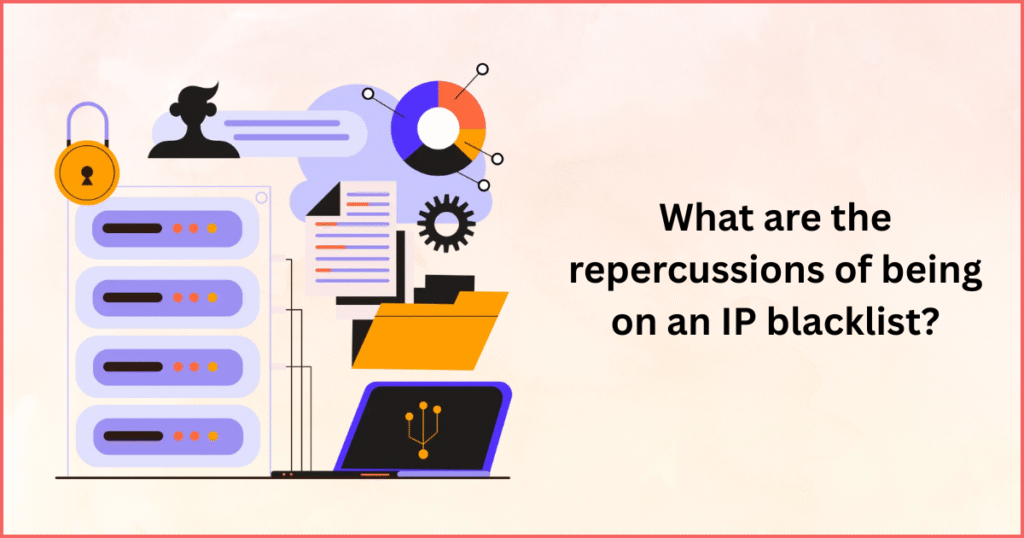What are Email Spam Traps?
As an email marketer or sender, one of your primary concerns is ensuring that your messages reach the intended recipients and don’t end up in spam folders. However, there’s a hidden threat that can harm your email deliverability: email spam traps. In this blog post, we will delve into the world of spam traps, explore how they can impact your email campaigns, and provide valuable tips on how to avoid them and maintain a healthy sender reputation.
Email spam traps are email addresses specifically created to identify and catch spammers. There are two types of spam traps: pristine traps and recycled traps. Pristine traps are email addresses that have never been used by real individuals and are strategically placed on websites, forums, or other online platforms to attract spammers. Recycled traps, on the other hand, were once legitimate email addresses that have been abandoned by their owners and converted into traps.
Impact on Email Deliverability:
When you unknowingly send emails to spam traps, it raises red flags to internet service providers (ISPs) and email security organizations. This can result in a damaged sender reputation, leading to your emails being marked as spam or blocked altogether. Your IP address may also be added to blacklists, making it difficult for your emails to reach any inbox. It’s essential to understand that spam traps are often associated with poor email list hygiene or questionable acquisition practices.
Causes and Prevention:
A. Poor List Hygiene:
Regularly clean your email lists by removing inactive or unengaged subscribers. Implement a re-engagement campaign to identify and remove disinterested recipients. Use double opt-in methods for acquiring new subscribers to ensure a valid and engaged audience.
B. Purchased or Scraped Lists:
Never purchase or use email lists obtained through questionable means. These lists are likely to contain spam trap addresses and can harm your sender reputation.
C. Permission-Based Email Marketing:
Practice permission-based email marketing, where subscribers willingly opt-in to receive your emails. This ensures that your recipients are engaged, interested, and less likely to mark your emails as spam.
D. Regular Engagement:
Maintain a healthy engagement rate by sending relevant and valuable content to your subscribers. Encourage recipients to interact with your emails by including compelling calls to action and personalization.
Email Authentication and Monitoring:
Implement email authentication protocols such as Sender Policy Framework (SPF), DomainKeys Identified Mail (DKIM), and Domain-based Message Authentication, Reporting & Conformance (DMARC). These protocols help ISPs verify the authenticity of your emails and reduce the chances of your messages being flagged as spam. Regularly monitor your email deliverability metrics, track spam complaints, and promptly address any issues that arise.
Collaboration and Reputation Monitoring:
Join reputable email monitoring services and collaborate with other legitimate senders to share information about spam traps and email threats. Stay updated on industry best practices and changes in email filtering algorithms to proactively adapt your email marketing strategies.
Email spam traps pose a significant risk to your email deliverability and sender reputation. By understanding the causes of spam traps and implementing preventive measures, you can protect your email campaigns and maintain a healthy sender reputation. Prioritize list hygiene, engage in permission-based email marketing, implement email authentication protocols, and monitor your deliverability metrics closely. By staying vigilant and proactive, you can avoid the pitfalls of spam traps and ensure that your emails reach the intended recipients’ inboxes, improving the success of your email marketing efforts.
Final Words
Spam traps are a hidden threat to your sender reputation that can derail your campaigns. The only defense is a commitment to permission-based marketing and rigorous list hygiene. Emailidea’s list management tools help you keep your contact lists clean and safe.



